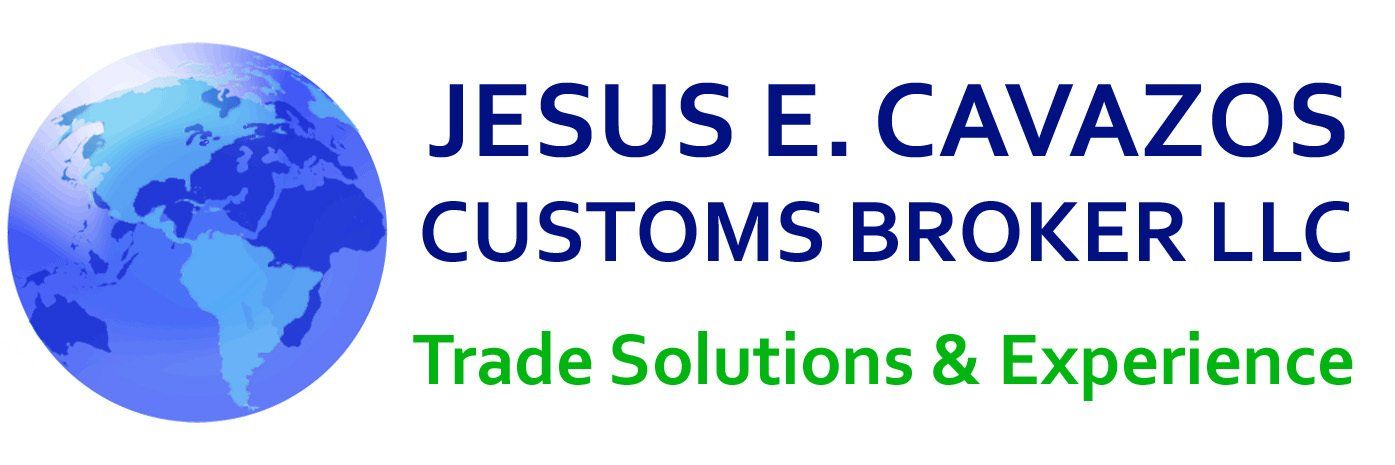The provisions of the North American Free Trade Agreement (NAFTA) were adopted by the United States with enactment of the North American Free Trade Agreement Implementation Act of 1993 (107 Stat. 2057, P.L. 103 182). Nineteen Code of Federal Regulation (19 CFR) Parts 10, 12, 123, 134, 162, 174, 177, and 178 were amended, and new parts 102 and 181 of the CBP Regulations were developed to implement NAFTA’s duty provisions.
NAFTA phased out tariffs on almost all “originating” goods traded between Canada and the United States by January 1, 2003, and provided for an additional 5-year phase-out period on certain sensitive commodities traded between Mexico and the United States.
Article 401 of NAFTA eliminates both tariffs and the merchandise processing fees for goods that “originate.” Transshipping goods through Mexico or Canada that were made in another country, or performing only minor processing or packaging operations on them in North America, will not invoke preferential NAFTA duty rates.
The term “originate” means those goods that meet the requirements of NAFTA Article 401. Article 401 defines “originate” in four ways:
- Goods wholly obtained or produced entirely in the NAFTA region (these contain no foreign inputs).
- Goods produced entirely in the NAFTA region exclusively from originating materials (these contain foreign materials that have been previously manufactured into originating materials).
- Goods meeting an Annex 401 specific rule of origin such as a prescribed change in tariff classification, regional value content requirement; and in extremely limited instances.
- Unassembled goods and goods classified with their parts, which do not meet the tariff-shift rule but contain 60 percent regional value content using the transaction-value method, or 50 percent using the net-cost method.
Annex 401 of NAFTA is codified in General Note 12(t) of the Harmonized Tariff Schedule of the United States and is available at http://www.usitc.gov/tata/hts/index.htm Click on the most recent edition of the HTSUS and review the General Notes section for “GN12.”
For NAFTA, as with other preferential trade programs, it is the importer’s responsibility to claim the benefits. A NAFTA claim can be made either at the time of entry or by filing a post importation NAFTA claim (also called “520d” claim) within 1 year from the date of importation. In the United States, a NAFTA claim is made as follows:
NAFTA Article 502 requires that an importer’s NAFTA claim be based on the exporter’s certificate of origin. This may be CBP Form 434, the Canadian B-232, or the Mexican Certificado de Origen. When making a NAFTA claim in the United States, the importer must have one of these three certificates of origin or a CBP-approved, privately printed or alternate certificate of origin in its possession at the time the claim is made. For a single shipment, the certificate of origin shall be annotated with the invoice number or other distinguishing marks. For multiple shipments of identical goods, the certificate shall be annotated with a blanket period of up to 12 months.
The exporter or producer is never obligated to provide a certificate of origin to a customer. However, since the importer may not claim NAFTA preferential tariff treatment without one, it is in the exporter or producer’s interest to provide it. By providing a certificate of origin, the producer is attesting that:
- The goods originate.
- He has the substantiating production and accounting documentation.
- He will make it available to the customs authorities upon request.
For goods processed in Canada, Mexico or the United States, NAFTA codified the concept of “substantial transformation,” the process by which a good’s country of origin is determined for marking and duty purposes. Even though a good may be sufficiently processed in Canada, Mexico or the United States to be marked with that country of origin, it may not be sufficiently manufactured to “originate” under the rules of origin for NAFTA tariff treatment purposes (Harmonized Tariff Schedule of the United States, General Note 12(t)). With certain limited exceptions, only originating goods benefit from NAFTA preferential treatment.
Transshipment - Goods that are entitled to NAFTA preferential duty rates by virtue of their originating status will lose that status if they leave customs control outside of North America or undergo any operation outside of North America other than unloading, reloading, or any other operation necessary to preserve them in good condition or to transport the goods to Canada, Mexico or the United States.
For additional information, please see NAFTA: A Guide to Customs Procedures, available at http://www.cbp.gov/trade/nafta/a-guide-to-customs-procedures


